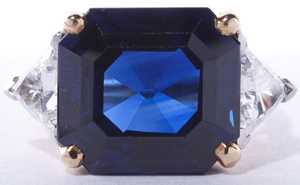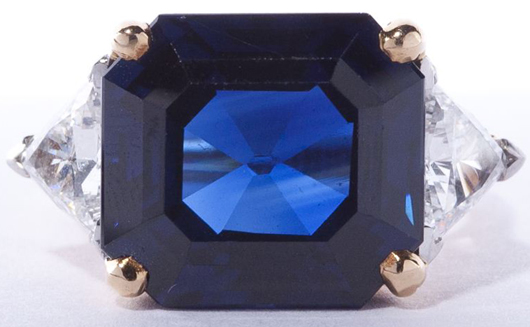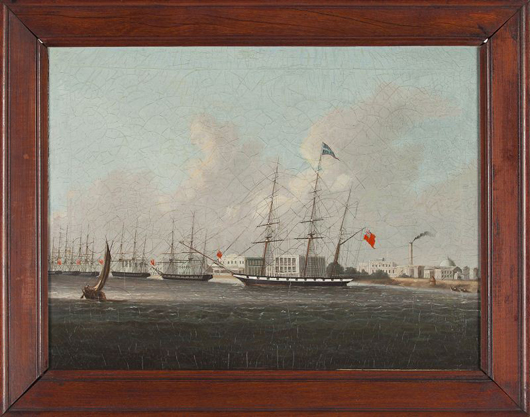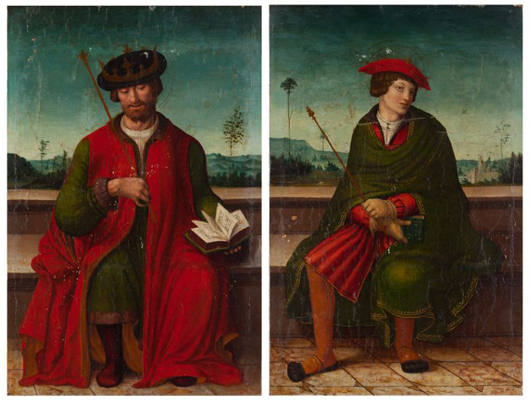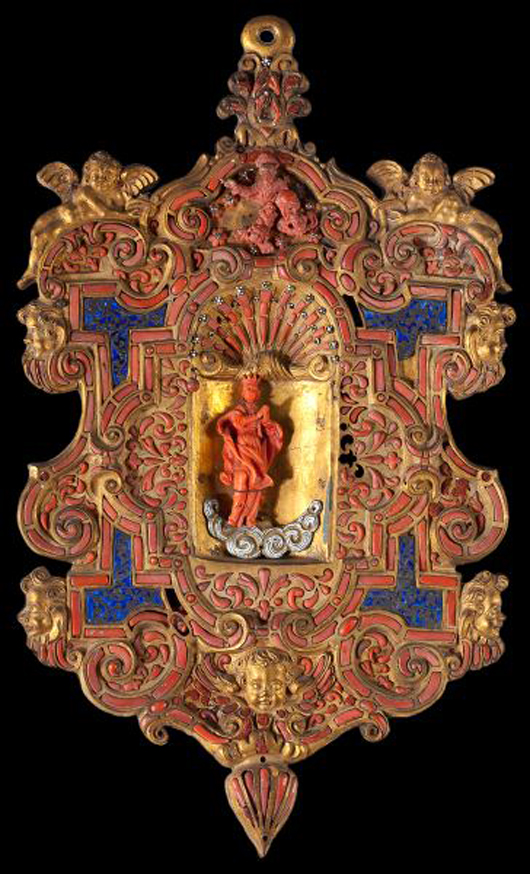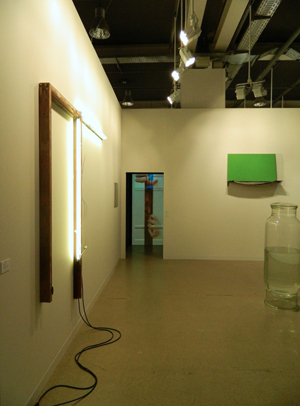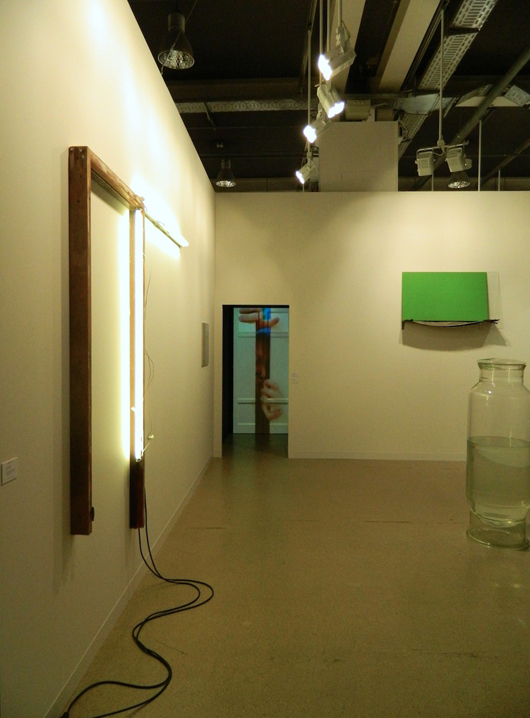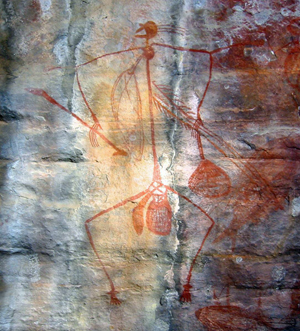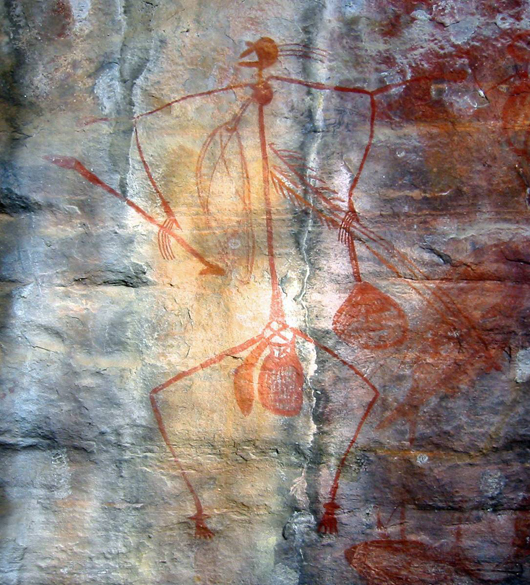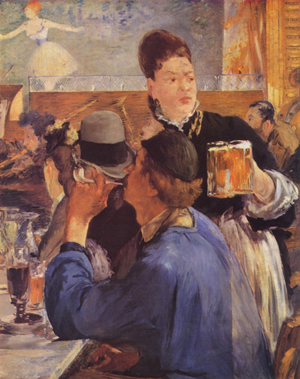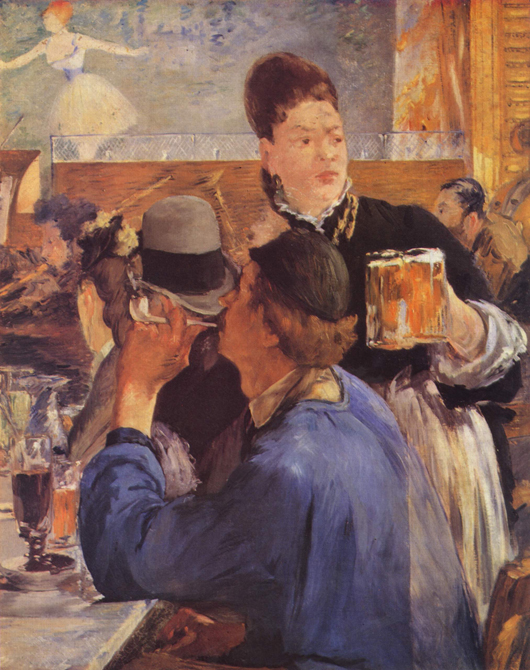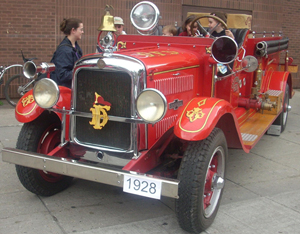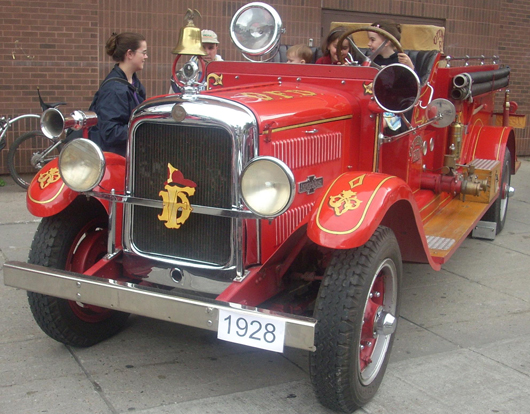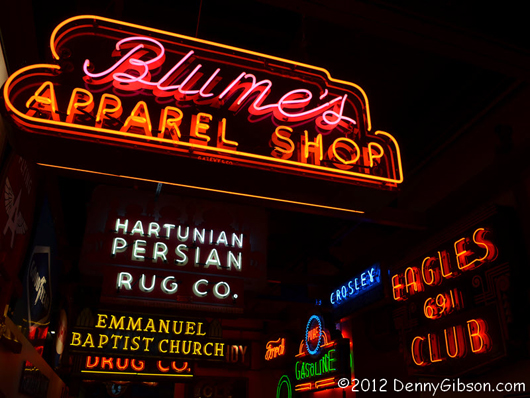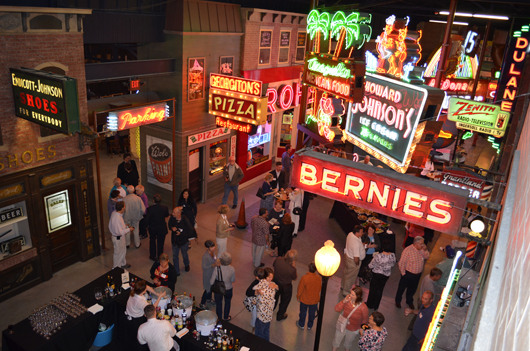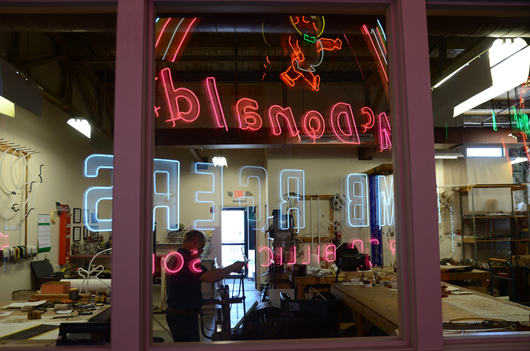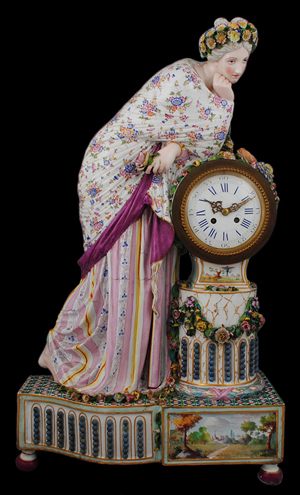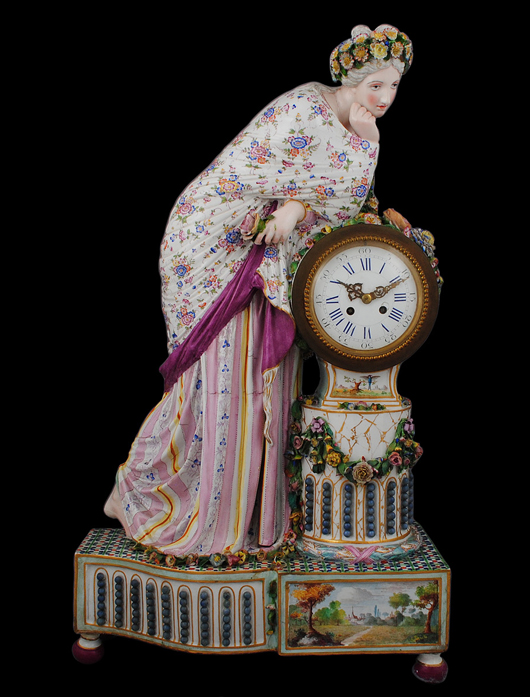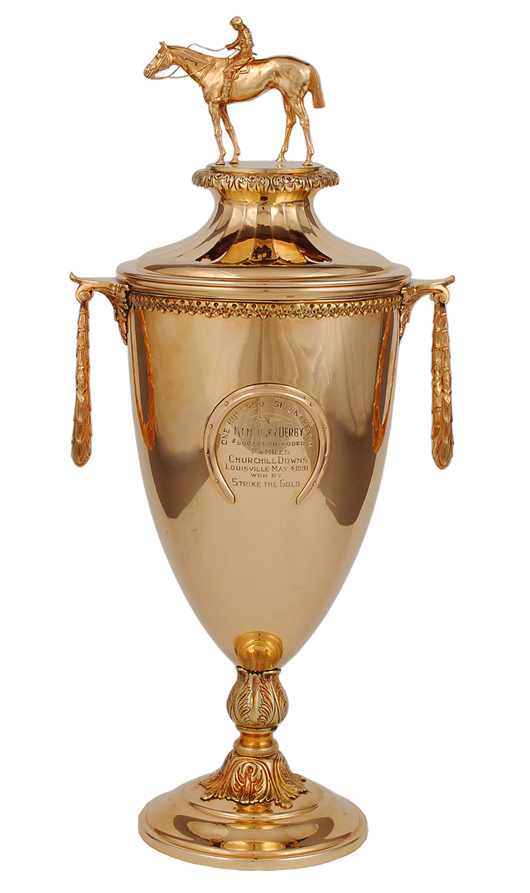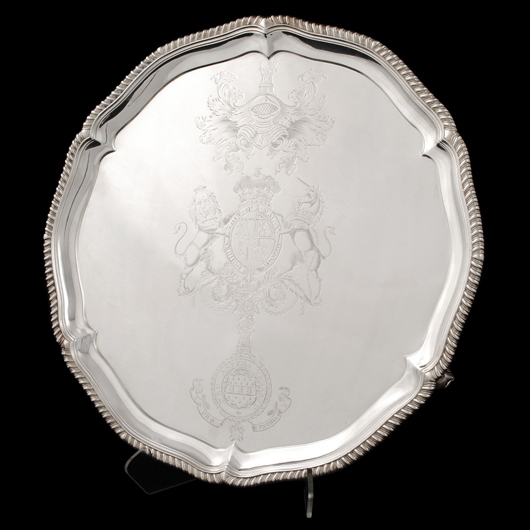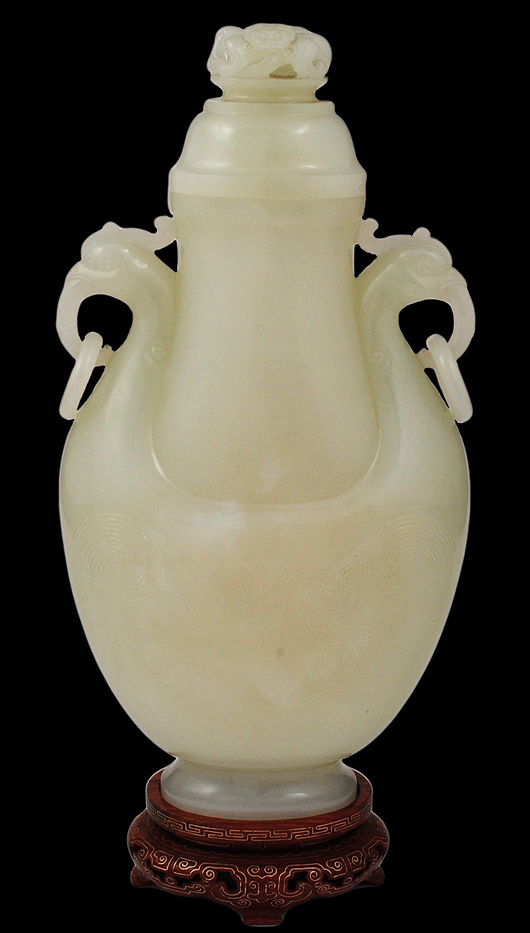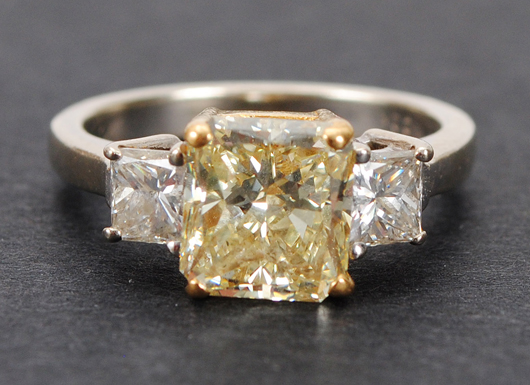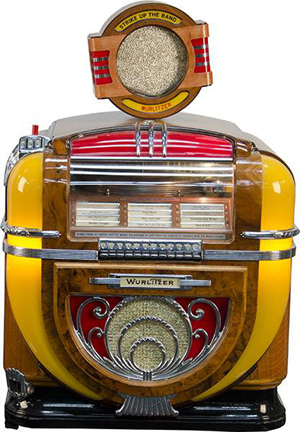
Wurlitzer Model 71 automatic phonograph jukebox. Government Auction image. TEHACHAPI, Calif. – In the world of sports cars, Porsche is a brand that has come to symbolize speed, quality and design excellence. On Sunday, June 24, Government Auction will make available for immediate liquidation a treasure trove of luxury items led by a sleek 2012 Porsche Panamera.
Fully loaded and in absolutely mint condition, the pre-owned Porsche has only 225 miles on its odometer. In addition to the sexy 3.6 liter V6, 300 hp engine, some of its extras include a Bose Surround Sound audio package, heated seats, heated steering wheel, anthracite birchwood interior package, blind spot detector, park assistant, front/rear camera and Porsche keyless entry and drive system.
A magnificent example of German engineering and design, the Panamera is estimated at $90,000-$120,000, but like most other items in the auction, it has an opening bid requirement of only $2. All lots in the sale are available for Internet live bidding through LiveAuctioneers.com. (Note: winning bidder of Porsche must arrange for pickup).
The Porsche is in dignified company with an auction selection that also includes a luxe array of fine jewelry, gold coins, art and investment-grade collectibles. Bidders can take their pick of beautifully crafted Rolex and Cartier timepieces. A handsome 1973 Rolex Oyster Perpetual Datejust stainless steel men’s watch, model #6694, Serial #3859072, features classic styling and a large face. It carries a presale estimate of $3,150-$6,300.
The perfect “go anywhere” women’s watch is the 1999 Cartier Santos stainless steel and gold watch, style #W90058C4. A link-bracelet style with secure Cartier-style clasp, the watch has a replacement value of $7,000. Government Auction is offering it with a presale estimate of $3,500-$7,000 and an opening bid of only $2.
Effortlessly elegant, a 14K white gold pendant on chain features a 3.64-carat round-cut tanzanite surrounded by 114 sparkling diamonds with a total weight of 1.40 carats. The eye-catching tanzanite center stone is purple in color and professionally evaluated as being “near flawless.” The necklace has a retail replacement value of $24,500, and its auction estimate range is $12,280-$24,559.
Putting one’s money into antique coins has become a popular hedge against inflation. A very desirable coin offered in the June 24 auction is an 1881 $5 U.S Liberty Head gold coin. Collectors call this coin the “Half Eagle”, in reference to the fact that its gold content is half that of the $10 Double Eagle. The coin was first introduced in 1839 and was minted until 1907. It contains 24.18% of an ounce of gold and is the only coin to have been minted at seven US mints.
“The Half Eagle is a must-have in any coin collector’s arsenal because of the rarity of this mintage in this condition,” said Government Auction’s chief auctioneer, Paul Sabesky.
High on the list of sought-after antiques and vintage collectibles is an antique Wurlitzer Model 71 phonograph jukebox features Art Deco styling and has a decorative mounted speaker emblazoned with the words “Strike up the Band.” An extremely rare survivor, the jukebox could make $20,000-$40,000 on auction day.
Other novelties to be auctioned include a 1952 Mills 5-cent high-top slot machine with bald eagle motif and three-reel, one-armed-bandit design, est. $4,050-$8,100; and a cast-iron candy store cash register. The register has been fully restored and features an ornate marquee embossed with the words “Amount Purchased.” It is expected to fetch $2,850-$5,700.
Government Auction’s Sunday June 24, 2012 sale of fine jewelry, gold coins, art and investment grade collectibles, highlighted by a 2012 Porsche Panamera, will commence at 7:30 a.m. Pacific Time/10:30 a.m. Eastern Time. Absentee, phone and Internet live bidding through LiveAuctioneers.com will be available. For additional information on any lot in the sale, call Debbie on 661-823-1543 or e-mail info@governmentauction.com.
View the fully illustrated catalog and sign up to bid absentee or live via the Internet at www.LiveAuctioneers.com.
# # #
ADDITIONAL LOTS OF NOTE
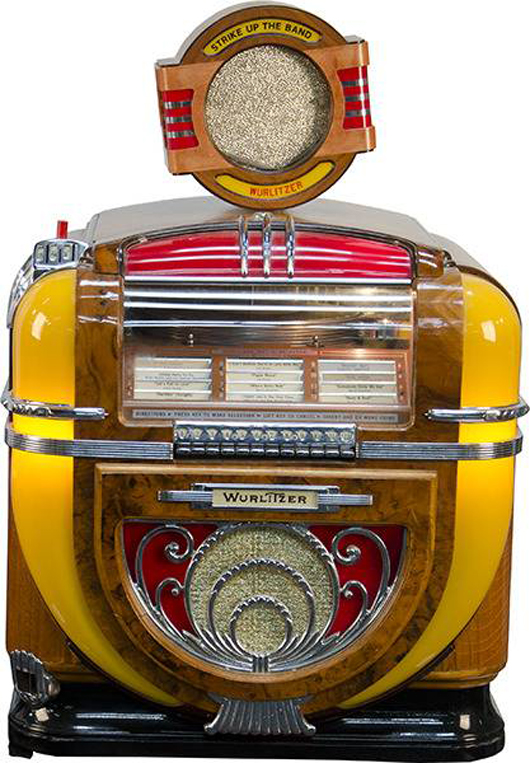
Wurlitzer Model 71 automatic phonograph jukebox. Government Auction image. 
2012 Porsche Panamera, fully loaded. Government Auction image. 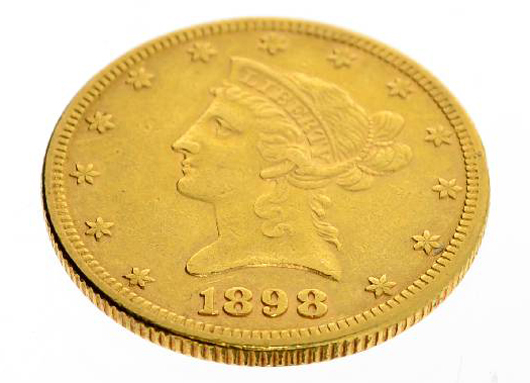
1898 $10 US Liberty Head Double Eagle gold coin. Government Auction image. 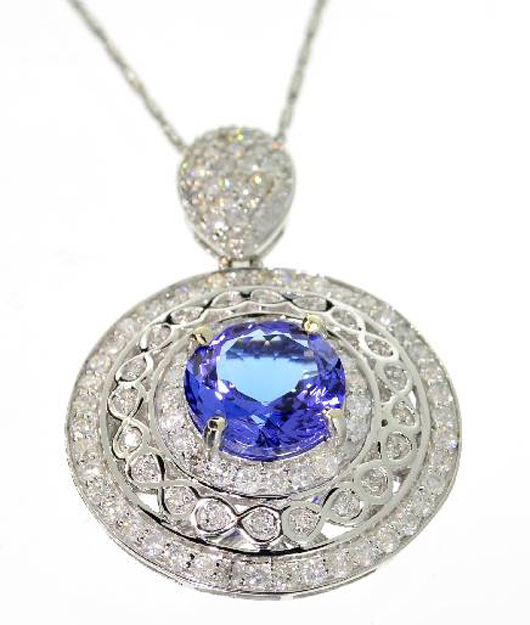
White gold 3-carat tanzanite and diamond necklace. Government Auction image. 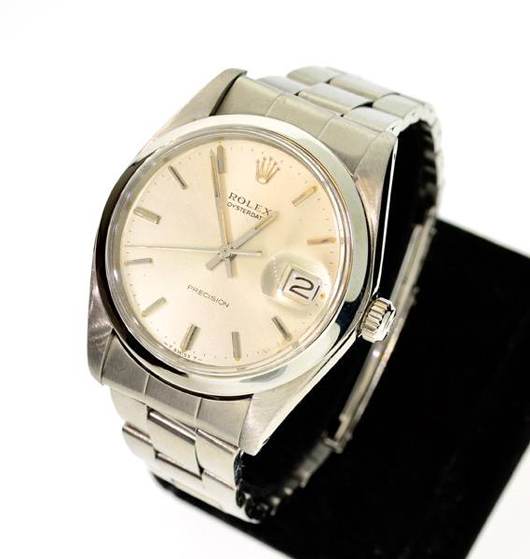
Rolex men’s stainless steel watch. Government Auction image. 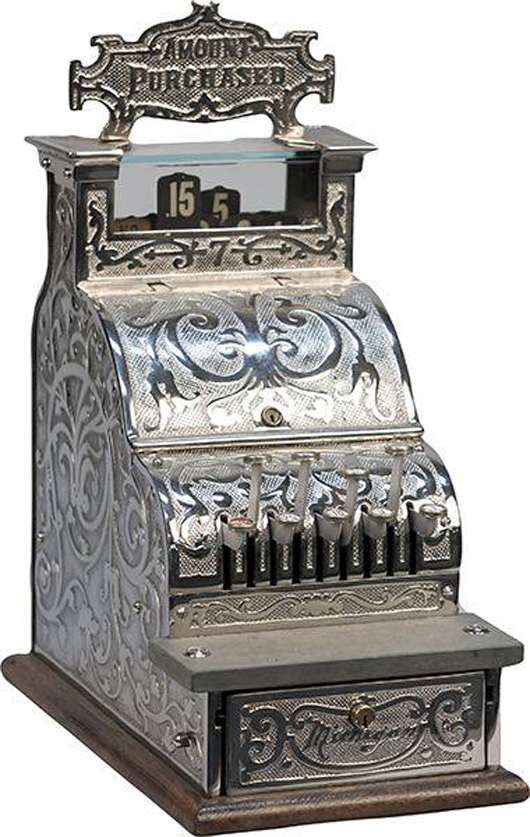
Cast-iron candy store cash register, restored. Government Auction image. 
Cartier women’s stainless steel and gold watch. Government Auction image. 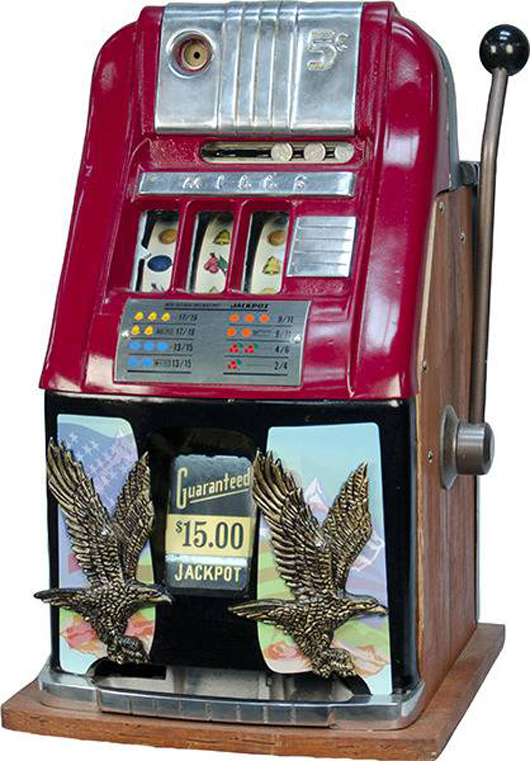
Circa-1952 Mills 5-cent high-top slot machine. Government Auction image. 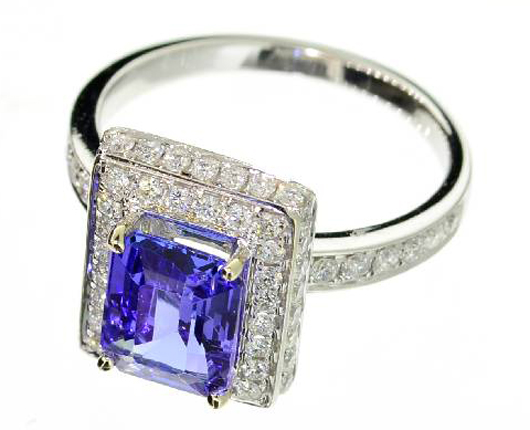
14K white gold 1-carat tanzanite and diamond ring. Government Auction image. 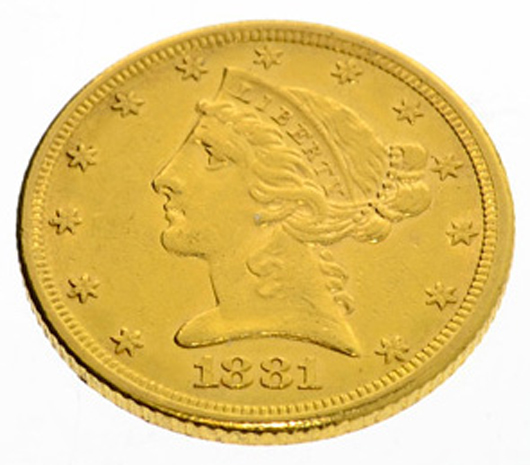
1881 US $5 Liberty Head gold coin. Government Auction image.


